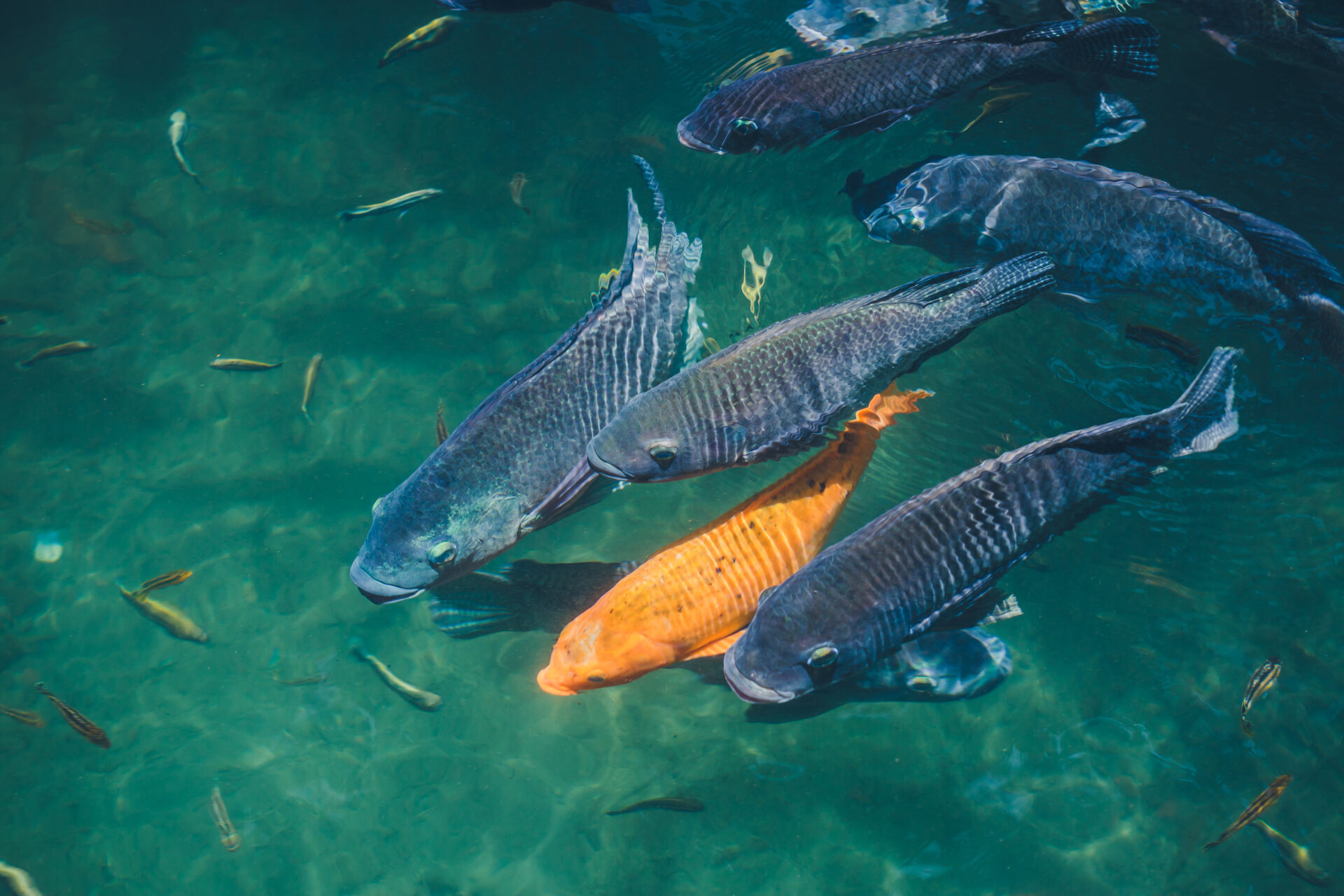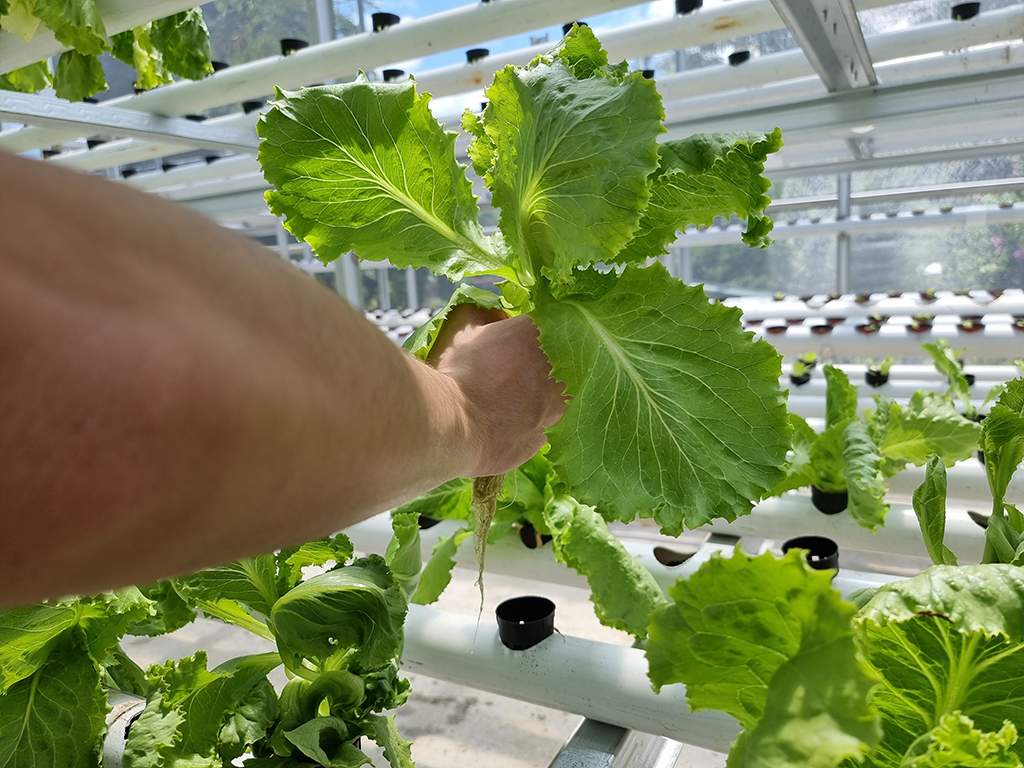
HYDROPONICS AND ITS CONTRIBUTION TO SUSTAINABLE LIVING
Learn how hydroponics, the innovative soil-free farming method, saves water, increases yields, and supports sustainable living. Discover its benefits, types, and future potential in combating soil degradation and meeting global food demands.
About Hydroponics
When we think about growing vegetables all we can imagine are our long fields, rows of tilted soil, farmers working in the toiling sunlight. Well, though the majority of the world’s agriculture happens this way, there are other ways where we can use less water and no soil. Yes, you heard it right, growing without soil! Hydroponics is one of the most trending forms of growing clean and organic vegetables and fruits. Yet many people are not aware of what exactly hydroponics is and how can we exactly grow without soil?
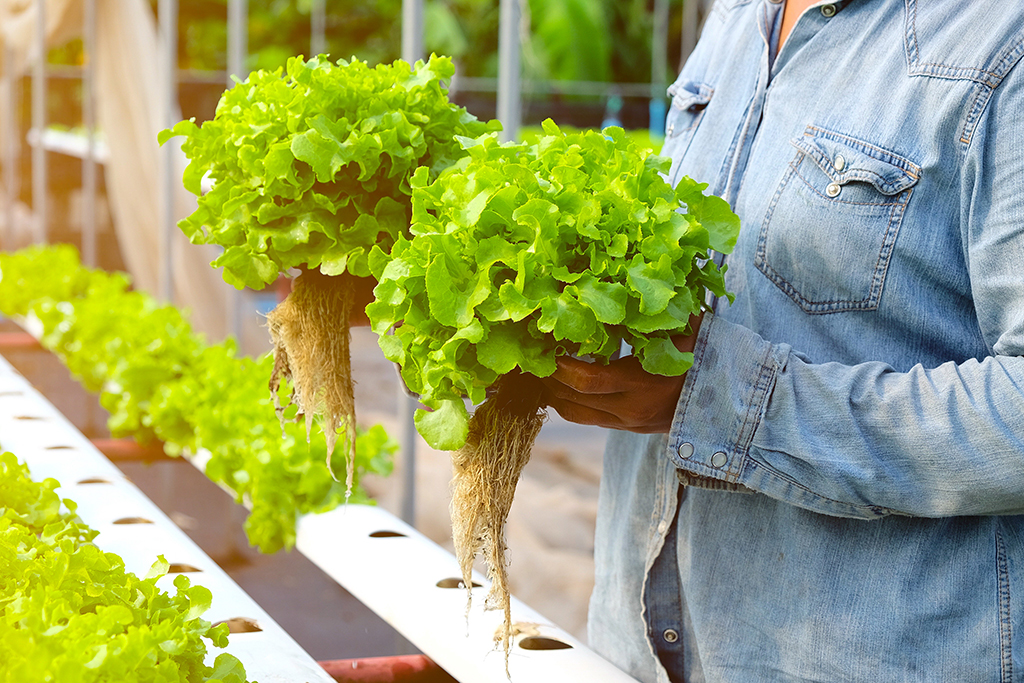
Hydroponics is the art of growing plants in water without soil. It is a scientific method where we must mix nutrients like phosphorus, nitrogen, and calcium in the water for better quality fresh vegetables full of nutrients. With the help of mixed nutrients and exposure to sunlight, the process of photosynthesis takes place. The roots of the plants get a chance to grow as they absorb the oxygen from the air. Hydroponics farming is a systemic process, there are panels where the plants are kept, and the water goes through. It is also known as aquaculture or tank farming. Countries like Japan, Canada, the U.S, India, U.K are widely using this method. The U.K has a huge production size of 54 million pounds followed by the U.S with 47.5 million pounds of vegetables and fruits. Vegetables like spinach, tomatoes, cucumbers, peppers, lettuce, pakchoi, beetroots, mint, basil are widely grown in hydroponics.
Benefits of Hydroponics Farming
- Saves soil degradation- Since hydroponics is all about using water, air, and nutrients, it saves soil from being used for agriculture and from harmful pesticides.
- Less Space Needed– Compared to traditional agricultural methods, hydroponics uses less space i.e., in a small area you can grow a lot!
- Water Conservation– Hydroponics uses a lesser amount of water compared to traditional farming. In conservative farming, we waste a lot of water in the process of irrigation and for mixing toxins. So, this saves the water from being polluted as well as from being used excessively. Hydroponics can use about 99% less water than traditional farming.
- Locally Grown- Vegetables grown from hydroponics can be grown indoors as well in urban cities with lesser space also. Hence, it saves transportation time as well as cost. Your greens come to your door farm fresh!
- Increased plant yields– There is a higher yield of plants and vegetables grown through hydroponics as in lesser space we can grow more as they can be placed close to each other. Use of nutrients, water, and sunlight plants tend to grow faster.
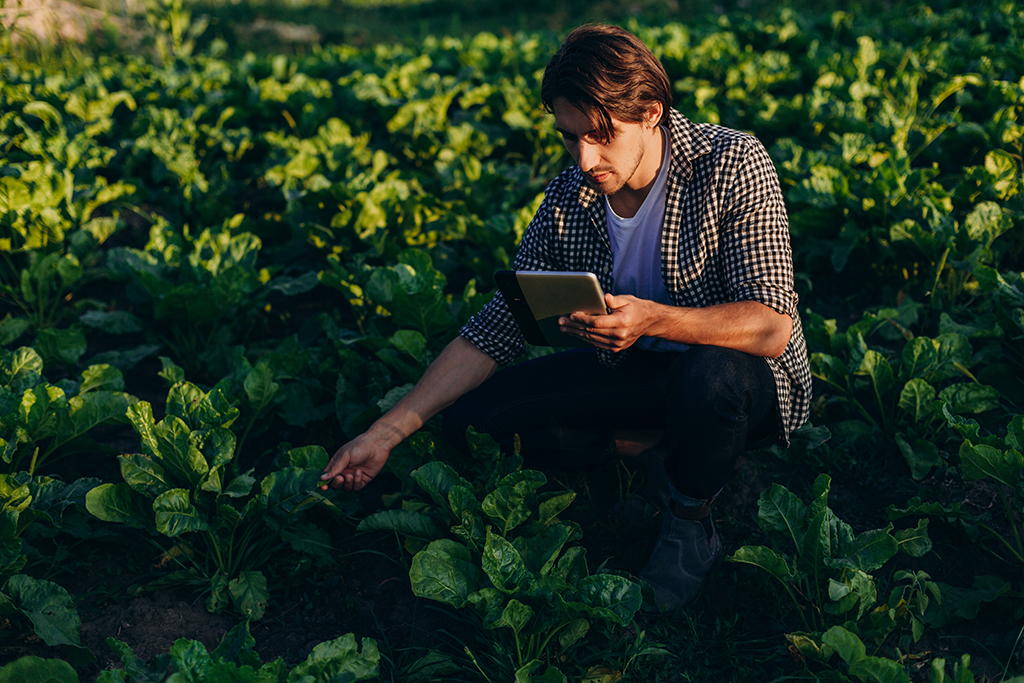
- Reduce wastage– In our traditional farming, wastage is quite a bit, but with hydroponics, the nutrients of water can be reused until it is depleted making it reduce wastage during the production of plants and vegetables. It is also a cleaner for farming as the soil is not used and can be done throughout the year.
- Contribution to Sustainable living- The growing human population and increasing demand and supply have resulted in soil depletion, deforestation, and water pollution. Agriculture has been one of the major contributors to water pollution and soil pollution. The increased use of pesticides and chemicals degraded our soil quality. Not only that, a lot of forests all over the world are being burnt so that the land could be used for agriculture. The food that is usually found in the cities lacks proper natural taste and is harmful to our health as well. So, processes like hydroponics help us save acres of land and conserve our water and soil.
Hydroponics can result in vertical farming as it requires less space, and the temperature is also controlled. With increased awareness start-ups are now focusing on hydroponic farming, as it is the future. One of the largest hydroponic vertical farming is being built in Dubai, covering 130000 square foot land which is equivalent to 900 acres of land and is aiming to produce 6000 pounds of food every day. It aims to use less water with sustainable technologies and produce more. This is an economic decision for them as it will save them from importing food from outside the country.
Types Of Hydroponics
There are various types of hydroponic techniques that can be used as per our budget, space, and feasibility. Below are some types which have been used widely:
- Wick System– This is the simplest form of hydroponics and doesn’t even require the use of electricity. In this system, nylon wicks are used before sending the plants into the nutritional solution. It does not require much water and is ideal for small spaces and it can be grown by anyone!
- Water Culture system– In this system, the plants are directly allowed to go into the nutrient water and is also another simple technique for hydroponics. Even bigger plants can be grown by this method.
- Ebb and Flow system– This system is one of the frequently used methods as it requires the least amount of maintenance and low costs. In this method the farmers usually flood the area with nutrient water with the help of a pump, let the plants absorb the nutrient, and then drain it.
- Deep Water Culture– This method is widely used for growing vegetables and is easy to use and expand as well. In this method, they simply put the plants into the water with a solution of oxygen as well as nutrients.
- Aeroponic System– In this method, the plants are suspended in the air. There are nozzles placed near the roots of plants and spray nutrients in the form of mists. According to the size of the plants, the reservoir must be made deep. This could be an expensive method.
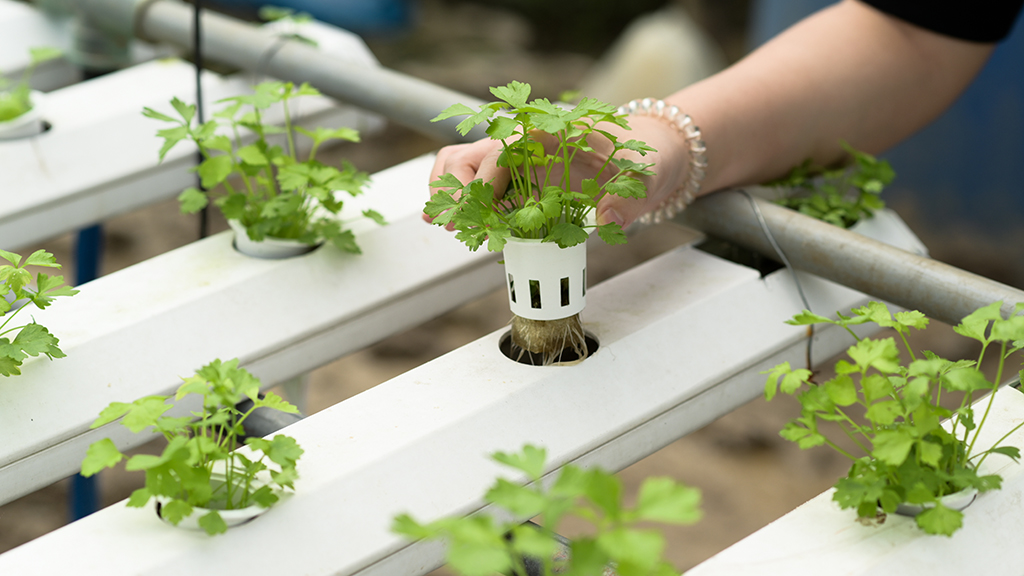
Things To Be Cautious About
As we harvest out fresh fruits and vegetables from Hydroponics, we need to be careful about the following things:
- Food safety and cleanliness of water must be maintained as the roots of plants may get diseases like Pathogens
- Proper storage and cleaning of plants is necessary
- Hydroponics could be grown indoors and outdoors so one must be careful about the energy being used. Sometimes, there could be a need for artificial lighting as well! They require electricity as well. Thus, we need to make sure the energy we use is sustainable and clean.
CONCLUSION
According to a UN projection, the global population would reach 10 billion by 2050. Our planet has limited resources and its exploitation has already cost us a lot. To conserve and consciously use our resources we need to come out with innovative ideas like hydroponics. If we manage to milk this method of farming and educate farmers as well, this could help the entire planet. People are now required to be aware of the importance and benefits of Hydroponics. Hydroponics will help save our planet from land and water pollution. It can also lessen deforestation. Hence governments and new upcoming start-ups should focus on this and produce fresh products sustainably. Let’s eat fresh greens and let our planet remain green!



